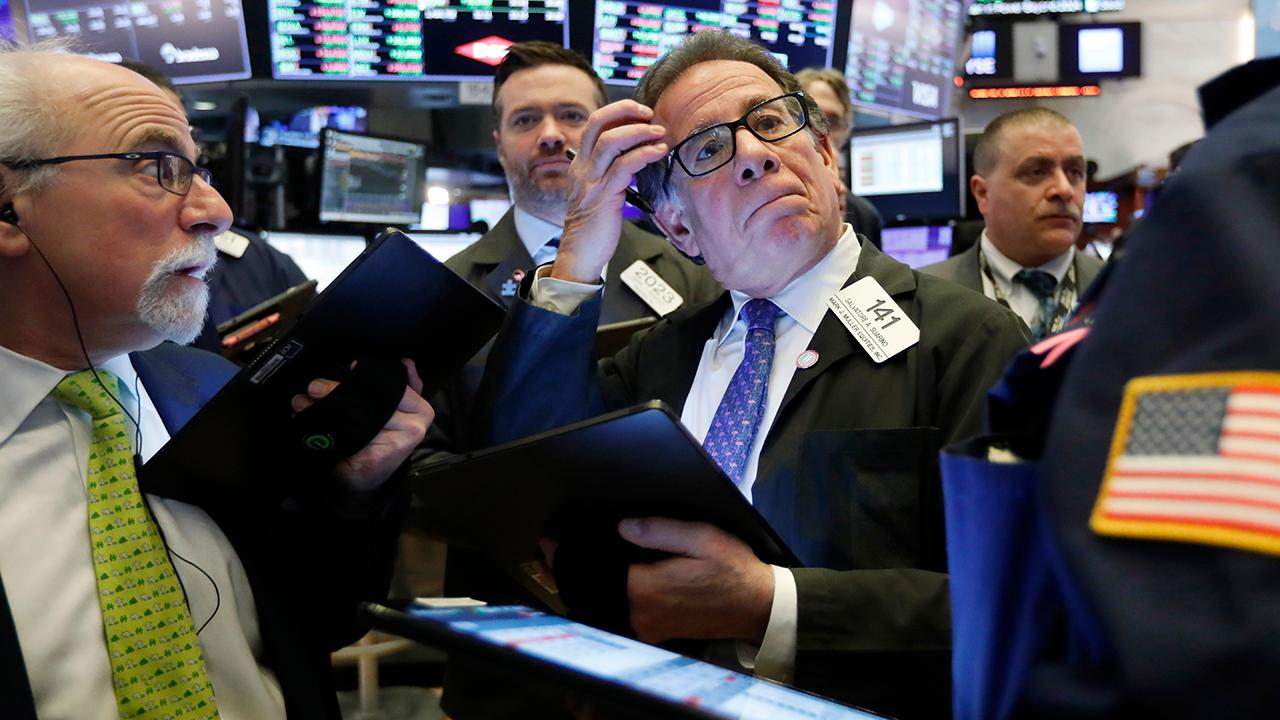What does coronavirus mean for 'sell in May' stock strategy?
Stocks just entered their worst six-month stretch of the year
Walmart, JPMorgan Chase, ExxonMobil stocks should be avoided: GraniteShares CEO
GraniteShares founder and CEO Will Rhind says in order to outperform the market in the long run, investors must make these specific tweaks to their portfolios.
U.S equity markets stumbled into what’s typically the most-difficult six-month stretch for stocks as the S&P 500 tumbled 2.8 percent on Friday.
The May-through-October period has produced an average S&P 500 return of 1.5 percent since 1950, according to LPL Financial. It has yielded a gain 64.3 percent of the time, the lowest of any six-month period.
While the lackluster return has made the phrase "Sell in May and go away" a popular stock-market adage, recent history has been kinder. Over the past five years, it has yielded 3.67 percent, according to Dow Jones Market Data, outperforming the November-to-April period, which is typically the best six months of the year.
CORONAVIRUS-SHUTTERED TRADING FLOORS REOPEN, MAKING COMPLEX TRANSACTIONS EASIER
"Stocks are up more often than they're down," Mike Hanson, senior vice president of research at Fisher Investments, a Camas, Washington-based independent wealth management firm with $121 billion in assets under management, told FOX Business.
"The idea of just having a mechanical process that says sell in May and go away, or whatever your rule is, those things just break more often than they work," he said.
During the record volatility caused by the coronavirus, following an old rule of thumb can be an even dicier proposition. The Dow Jones Industrial Average gave up nearly a third of its value early this year, before rallying, and with an uncertain outlook for the pandemic's progression, more fluctuations may be in store – creating an opportunity for outsized returns.
The S&P 500, for instance, just capped off its best month since January 1987, gaining 12 percent in April. The index has rallied 27 percent since putting in its low of 2,237 on March 23.
OIL PRICES RALLY AS PRODUCERS TACKLE SUPPLY GLUT
The current rally looks "a little bit tired," Anthony Saliba, CEO of the Chicago-based Matrix Execution Group, an executing broker-dealer that specializes in options and equities, told FOX Business.
Saliba says the market "still has some exposure on the downside," but that a "big correction" looks unlikely unless there is a spike in hospitalizations or intensive care visits as states like Georgia and Colorado reopen. A 5 percent to 7 percent drawdown is possible, he added, but the March low was very likely the bottom.
Although the number of COVID-19 infections and hospitalizations appears to be moderating, the economic data are expected to deteriorate further.
Weekly unemployment claims have surpassed 30 million in the six weeks since states adopted "stay-at-home" orders, and other data, like nonfarm payrolls and gross domestic product reports, are more backward-looking, meaning they will get worse before they get better.
HOW CME IS PREPPING IN CASE OIL PRICES GO NEGATIVE AGAIN
"What I've seen in the last several weeks are economic forecasts and earnings forecasts coming down and most investors starting to anticipate a second dip," Hanson said. "We see that as fairly bullish."
Stocks In This Article:
While he can’t guarantee the economy is going to be "very, very strong" over the next six months, Hanson said "there will be recovery."
Typically the stock market looks six to 12 months or more in the future and its recent behavior is "very typical" of a recovery, Hanson said.
Saliba is sure of one thing – volatility is here to stay for another few months.
CLICK HERE TO READ MORE ON FOX BUSINESS
"What I do see is a different type of spread order flow that leads me to believe that volatility is going to be here for a while," he said, pointing to the type of butterfly spreads that are being executed right now. Butterflies are an options strategy that in this case pay off the most if volatility holds at its currently elevated levels.




















